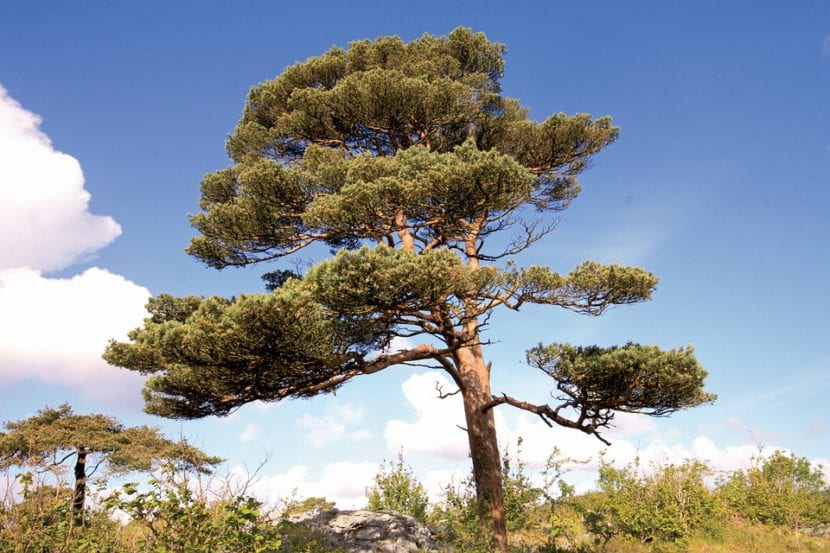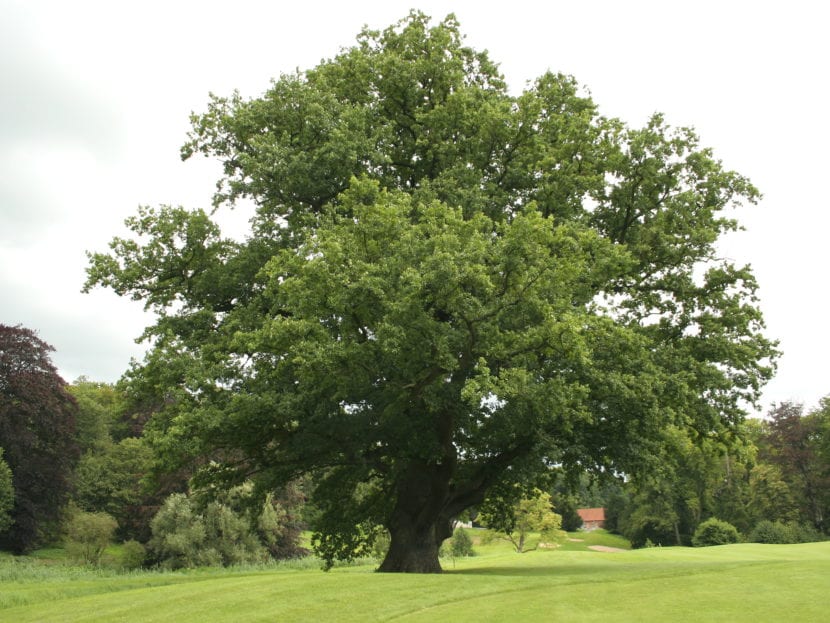
We live in a country with an interesting variety of climates, and in each of them there are certain plants and plant masses that make Spain the second European country with more forest mass, with a total of 26,27 million hectares, which represents 57% of the territory.
But What are the types of forests in Spain?
The forests that we find here fall within two regions of flora and vegetation, which are the Eurosiberian and the Mediterranean. Let's see how they differ:
Eurosiberian region
This region represents the Atlantic zone, from the north of Portugal, through Galicia, the Principality of Asturias, Cantabria, the Basque Country, and the western and central Pyrenees. The climate here is humid, softened by the oceanic influence, with mild to cold winters during which significant frosts are recorded. (up to -18ºC). There are practically no periods of drought, so the landscape is always green, except in autumn, which is when the deciduous trees change color to be completely devoid of leaves to be able to survive the winter.
The types of forest in this region are:
- Beech trees: the beech (Fagus sylvatica), are the most representative deciduous trees in northern Spain. They grow between 800 and 1500m of altitude, in cool, slightly acid soils.
- Oak groves: oaks, especially carballo (Oak), grow in the Atlantic zone, up to about 600m of altitude.
- Birch trees: birch trees form small forests in beech clearings, on acid soils.
- Fir trees: the white fir (Abies alba) is located in the foothills of the Pyrenees, from Navarra to Montseny, at altitudes ranging from 700 to 1700m.
Mediterranean region
This region represents the other half of the peninsula, as well as the Balearic Islands. Here the dry season is very noticeable, lasting from two to four months. Rainfall can be from 1500mm to less than 350mm, and the same thing happens with frosts: depending on the area, temperatures of up to -15ºC or more can be registered, or on the contrary there may be no frosts at all for several years, and then have one of up to -4ºC. On the other hand, The maximum temperatures can be 30ºC or more, and can reach 42ºC.
The types of forest in this region are:
- Melojares: where do the Quercus Pyrenaica (or melojos). They have a subatlantic character, and range from 700 to 1600m of altitude.
- Riparian forests: are those in which deciduous trees grow, maintaining themselves thanks to the permanent humidity of the soil.
- Spanish Fir: this type of forest is where the Mediterranean fir lives (abies pinsapo), in the mountains of Malaga and Cádiz. It is a dense and dark forest, with very abundant rainfall (around 2000-3000mm), situated at altitudes above 1000m.
- Holm oaks: the holm oaks (Quercus ilex) trees are one of the most adaptable and resistant trees. They grow from sea level to 1400m, so they form forests even on the coasts.
- Cork trees: these forests occupy one million hectares of the Iberian Peninsula. They grow in sandy soils, with a mild climate with regular rainfall.
- gall oaks: Quejigares are typical of Andalusia, but you can also find them in Catalonia.
- Pine groves: pines grow from sea level to 2400m. In Spain we find above all the black pine (Pinus uncinata) and Scots pine ((Pinus sylvestris)).
- junipers: Junipers grow on the inland plateaus, usually above 900m of altitude. They are adapted to the continental climate, with cold winters and very hot summers.
- Mediterranean high mountain scrub: in the high Mediterranean mountains, above 1700m of altitude, winters are very harsh and prolonged. When the snow disappears, the ground dries up quickly due to the strong sunlight and high summer temperatures.

Did you know that there were so many types of forest in Spain?
